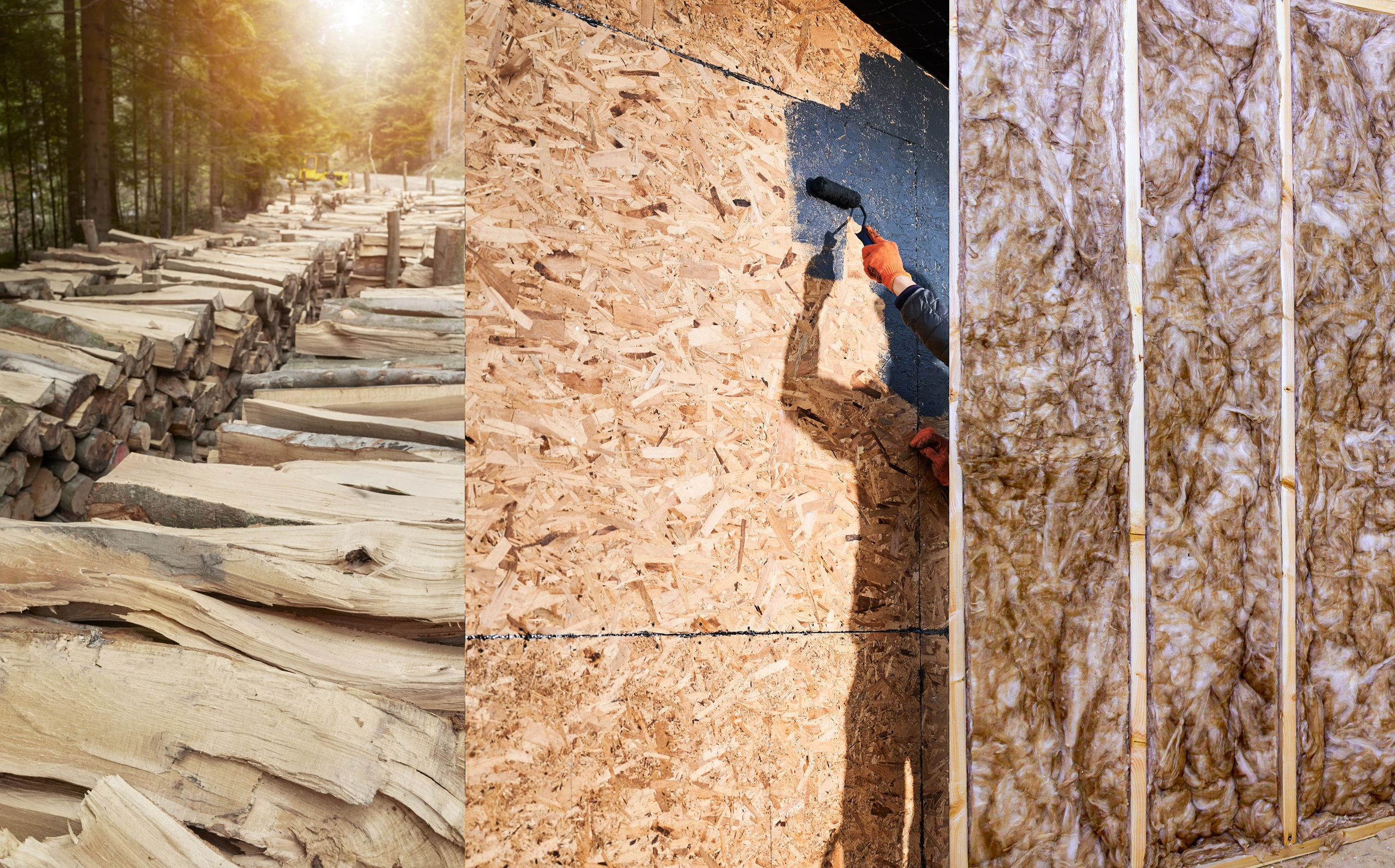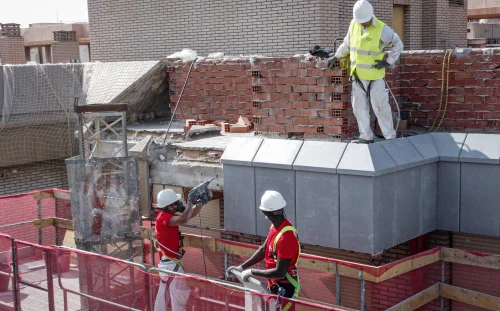In a world where sustainability is increasingly important, the construction industry has begun to adopt eco-friendly materials that reduce the environmental impact of this activity. Not only are these materials beneficial to the planet, but they can also improve energy efficiency and the health of home dwellers.
By using renewable and recycled resources, the exploitation of raw materials and the pollution associated with their production are reduced. On the other hand, many ecological materials improve thermal insulation, which reduces energy consumption for air conditioning. In addition, by avoiding harmful chemical compounds, indoor air quality is improved. Also, some sustainable materials, such as treated wood or bamboo, have a long life span and require less maintenance.
Below, from personalHOME we will expose some of the most environmentally friendly building materials available today.
1. Certified Wood: The importance of certified wood lies in its guarantee that the material originates from responsibly managed forests, promoting the conservation of forest ecosystems. Certified wood helps combat climate change, supports local economies, and fosters sustainable development.
2. Green Concrete: This type of concrete incorporates recycled or low-impact materials in its composition. Its primary goal is to reduce the carbon footprint, conserve natural resources, and, in some cases, enhance the properties of conventional concrete. Common components include fly ash from thermal power plants, recycled aggregates from demolitions, and natural fibers.
3. Natural Paints and Insulation: Water-based natural paints improve indoor air quality as they do not contain the harmful chemical compounds found in conventional paints. Similarly, natural insulation materials such as sheep’s wool, cork, or hemp provide excellent thermal efficiency without adverse health effects.
4. Recycled Plastics: These materials are increasingly used in construction for products such as cladding, flooring, panels, bricks, and tiles. In addition to reducing plastic waste, they offer high durability and strength.
5. Recycled Steel: Steel is a highly recyclable material that retains its quality. This reduces the need for new resource extraction and lowers CO₂ emissions. Steel’s strength and durability make it ideal for structural applications.
6. Solar Shingles: Photovoltaic shingles are an innovative solution that integrates solar panel technology directly into traditional roof shingles. Instead of installing bulky solar panels on an existing roof, solar shingles serve as an integral part of the roofing system while generating electricity from sunlight. At personalHOME, we are continuously working on research and development to advance sustainable construction practices. It is crucial to assess the full life cycle of materials, from extraction to disposal. Eco-friendly materials can be used at various stages of the construction process, including structural elements, thermal and acoustic insulation, coatings, roofing, and flooring.























